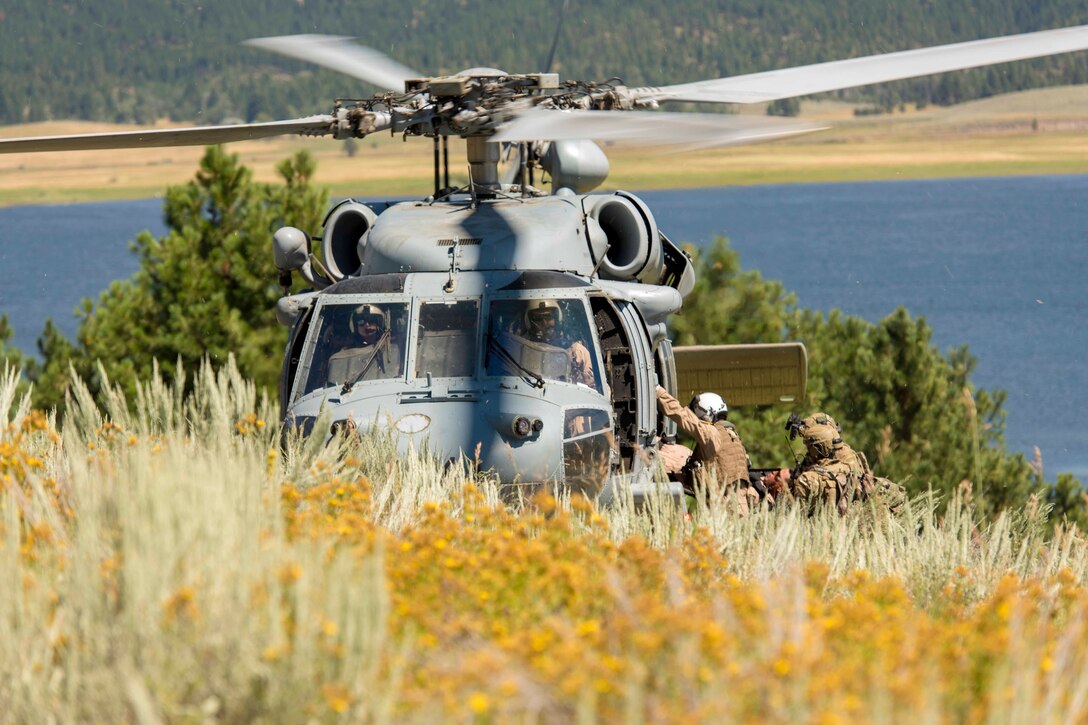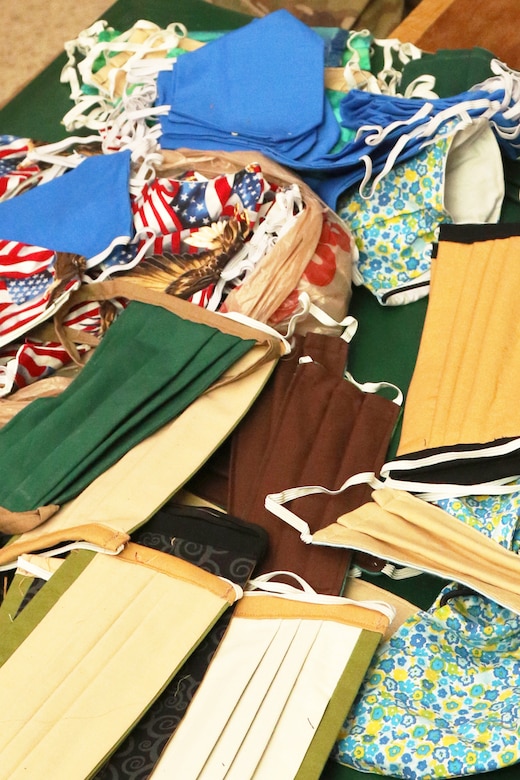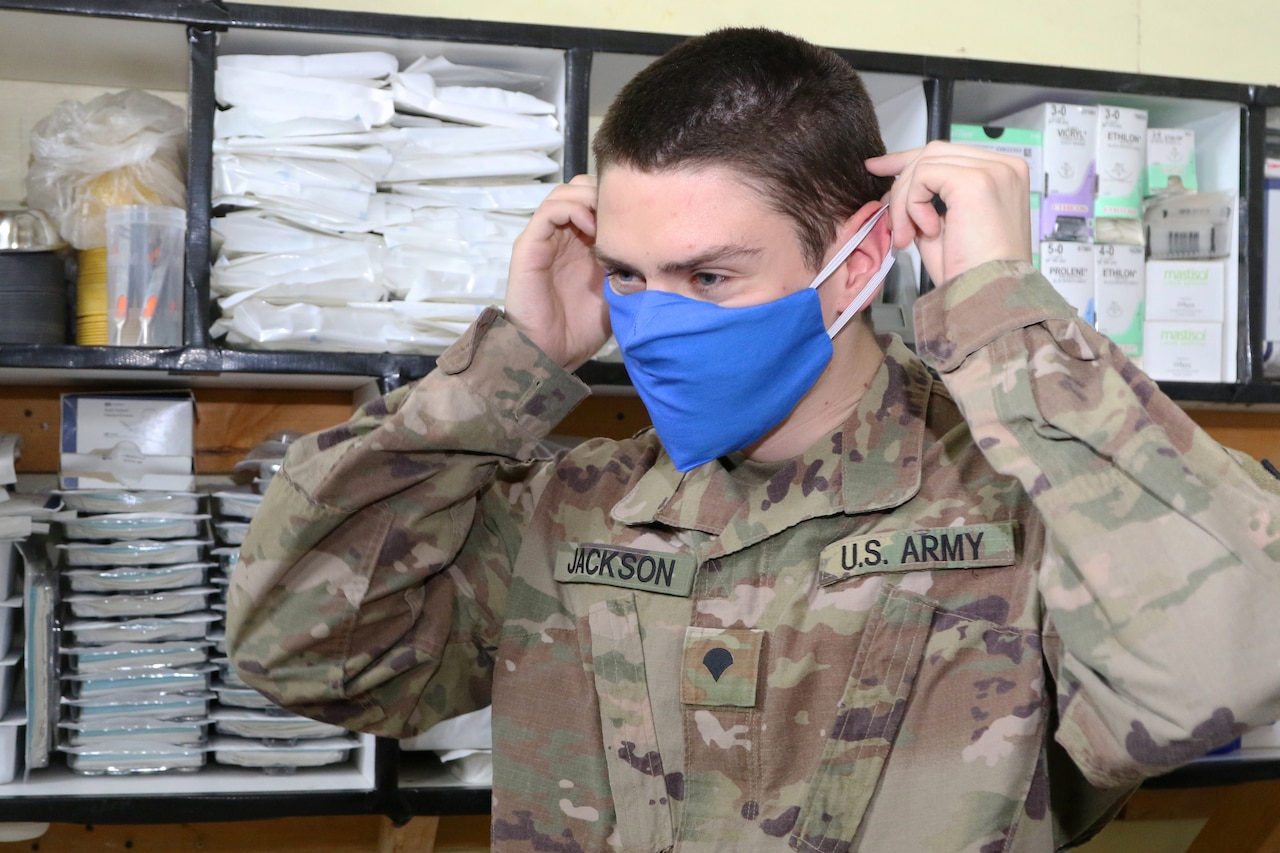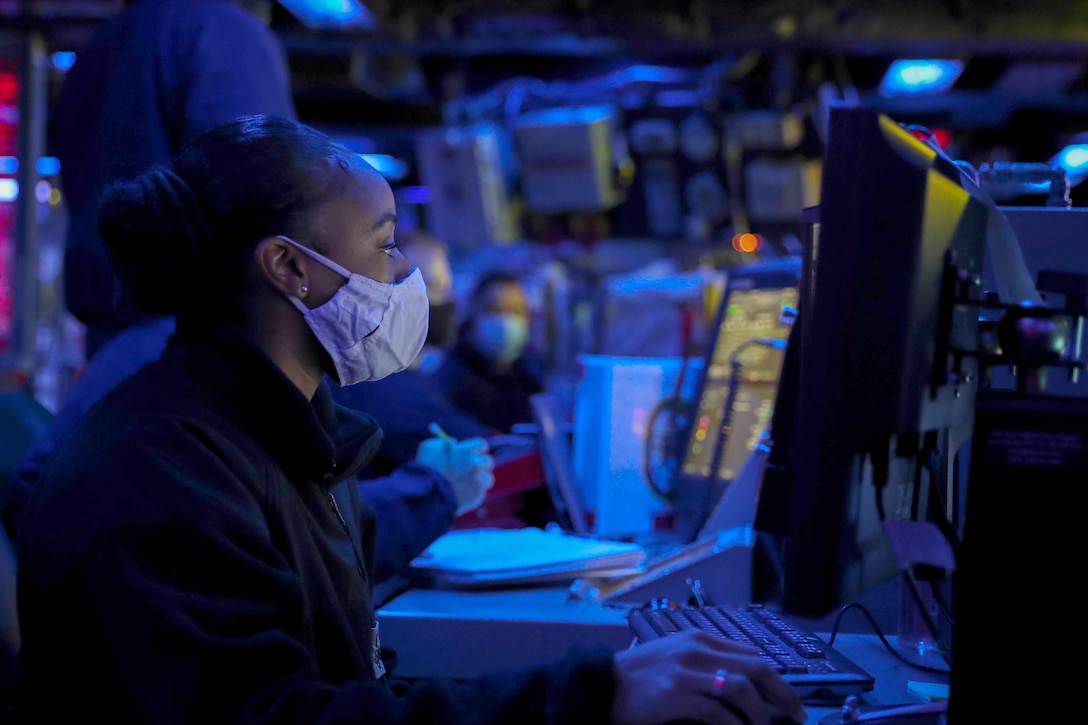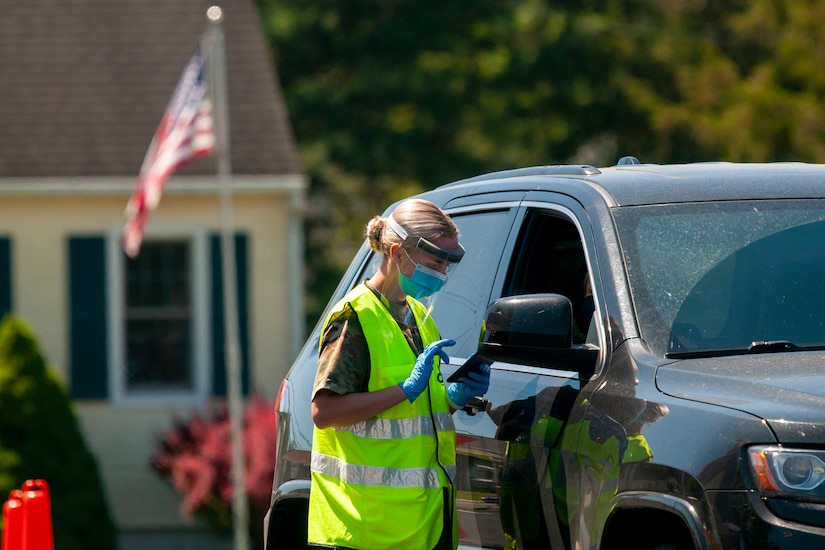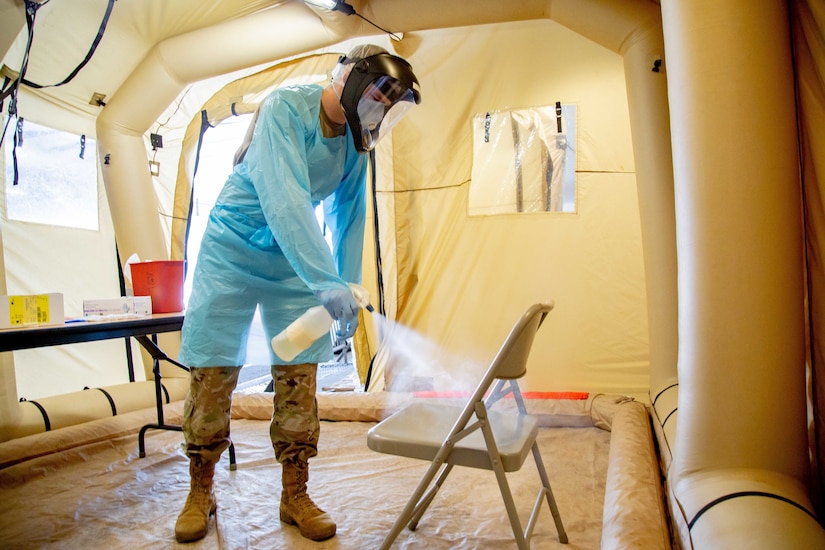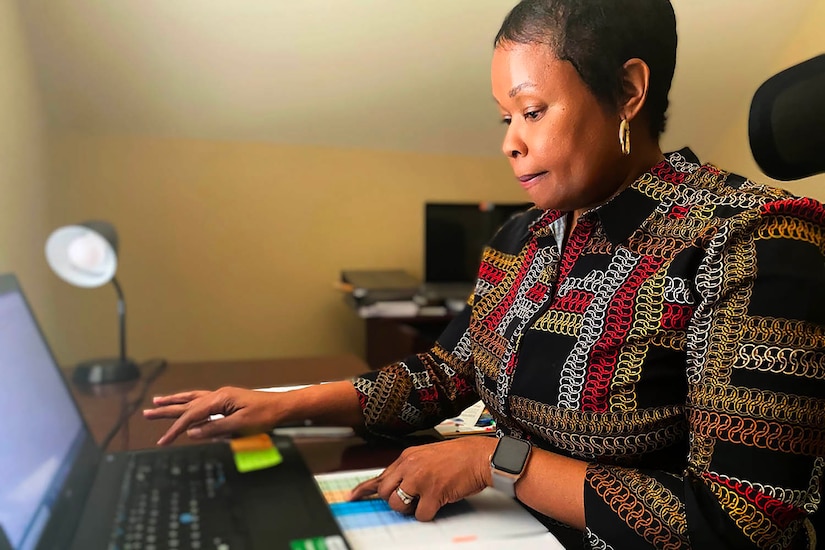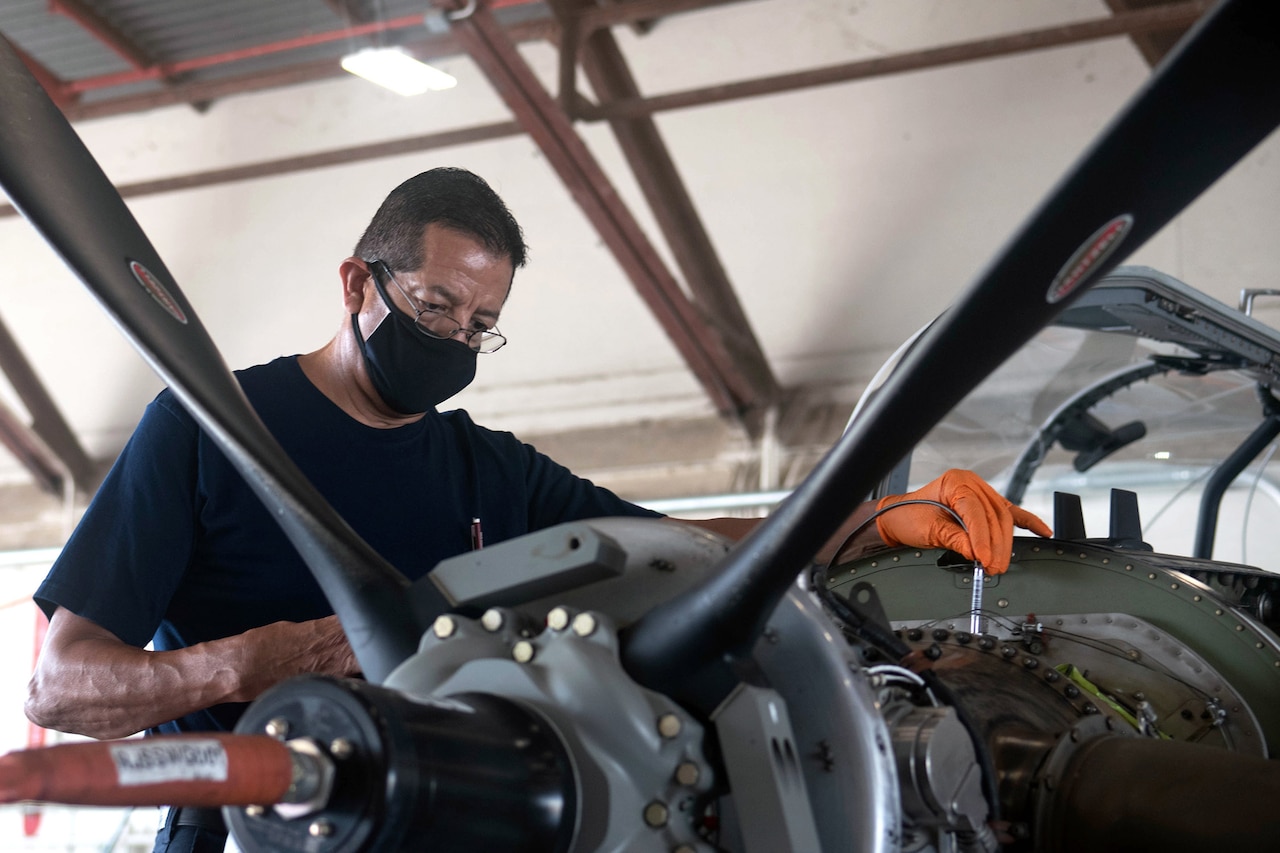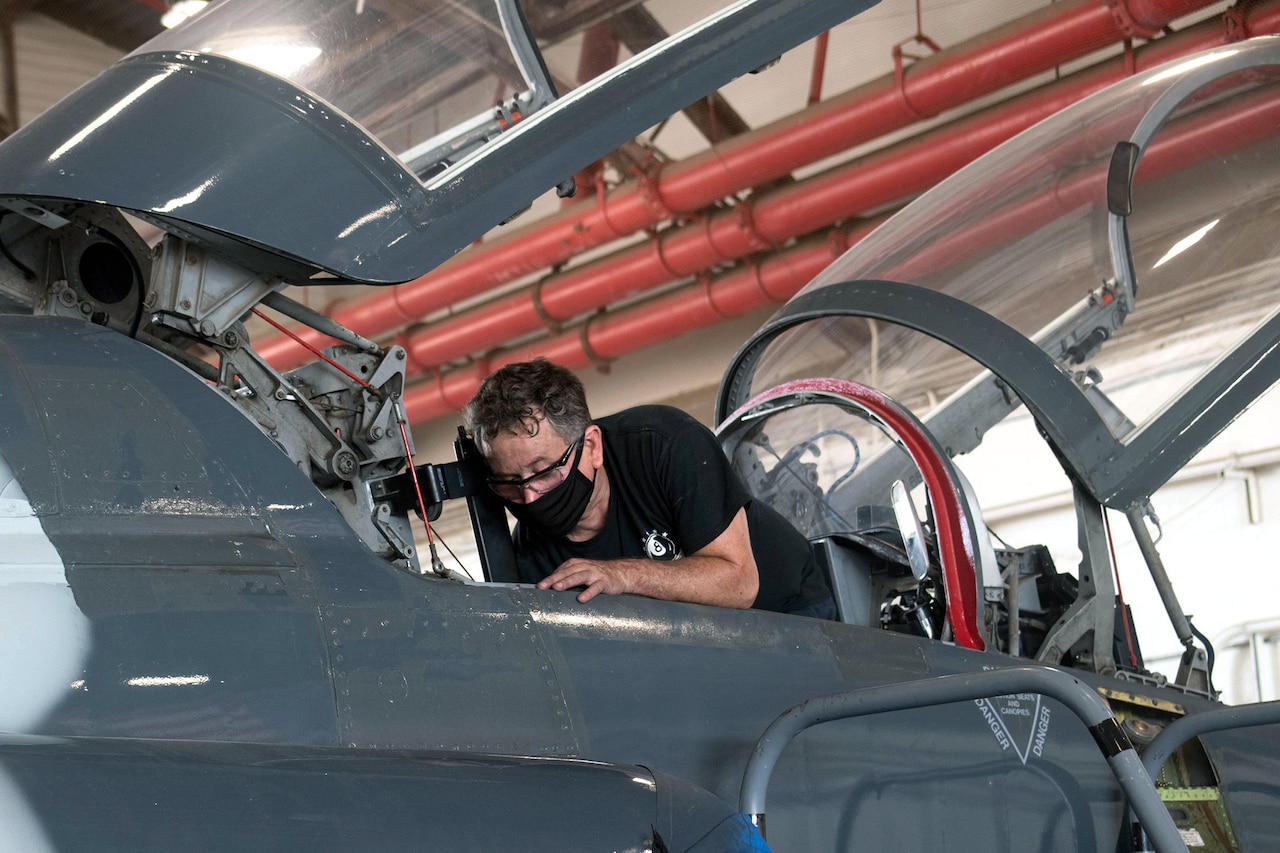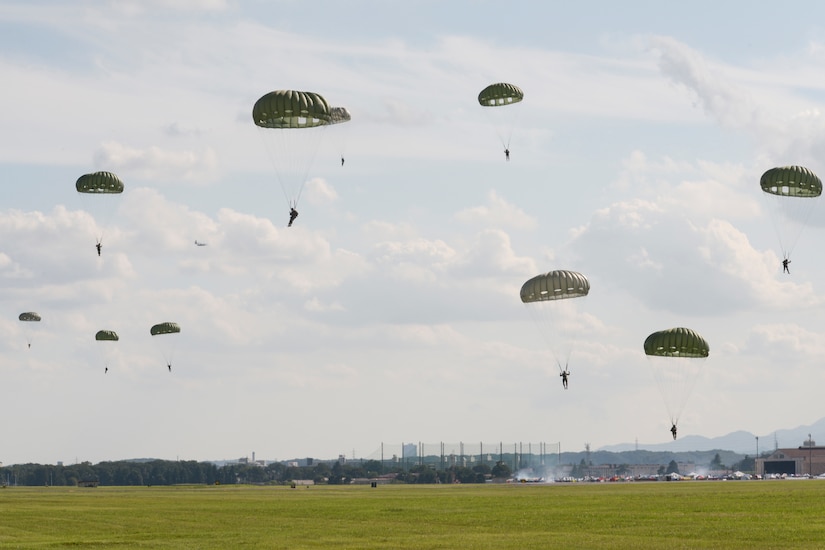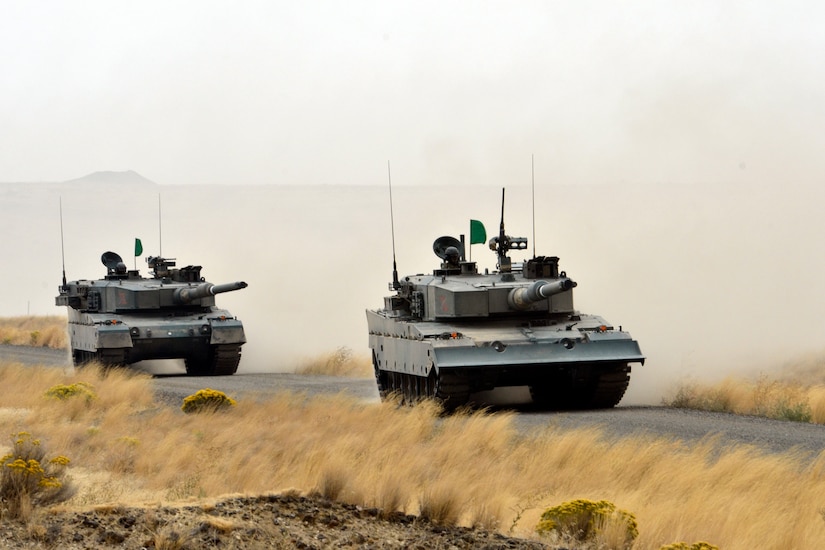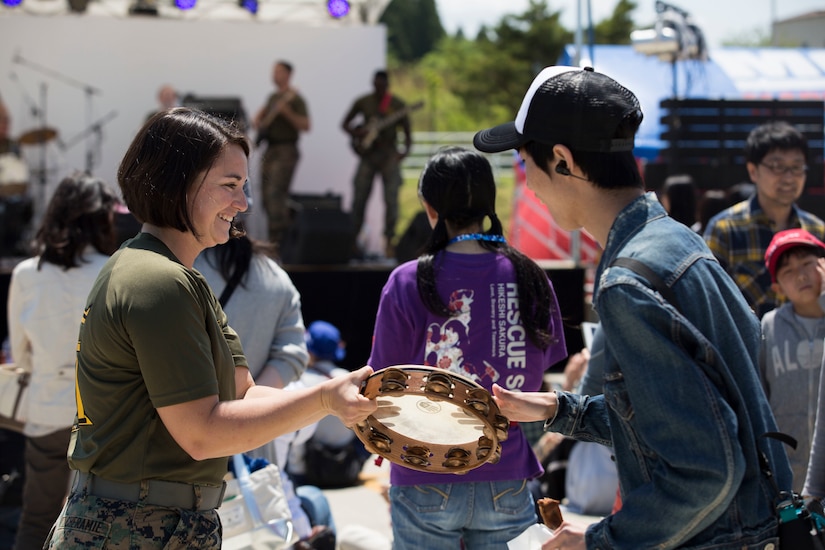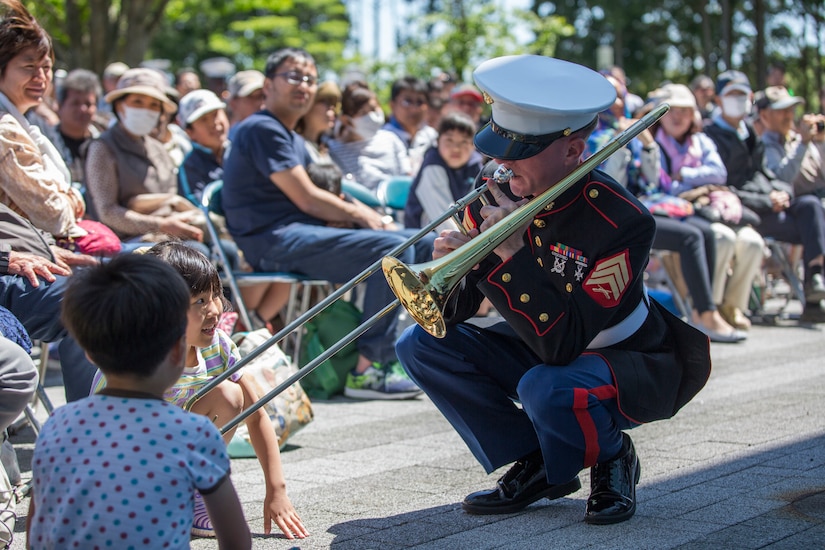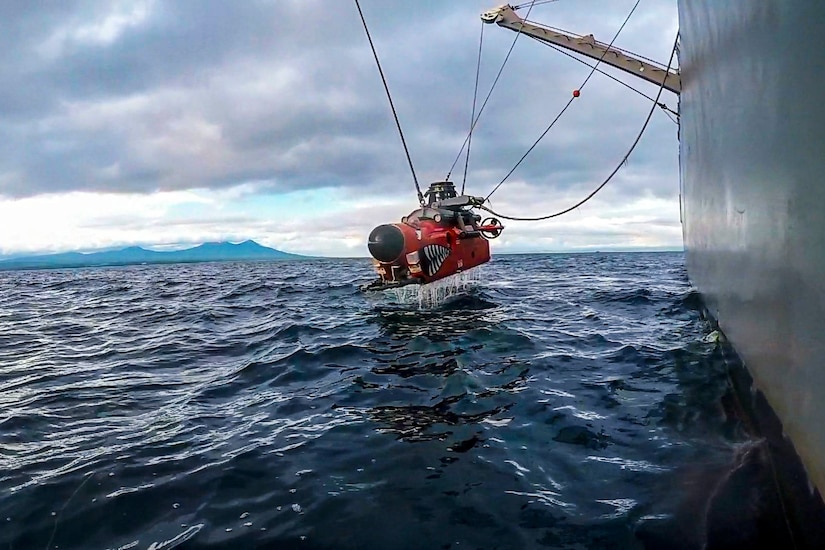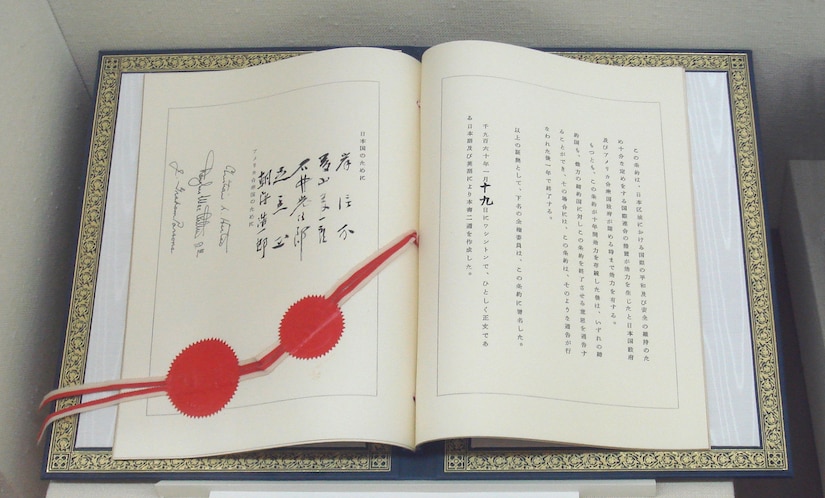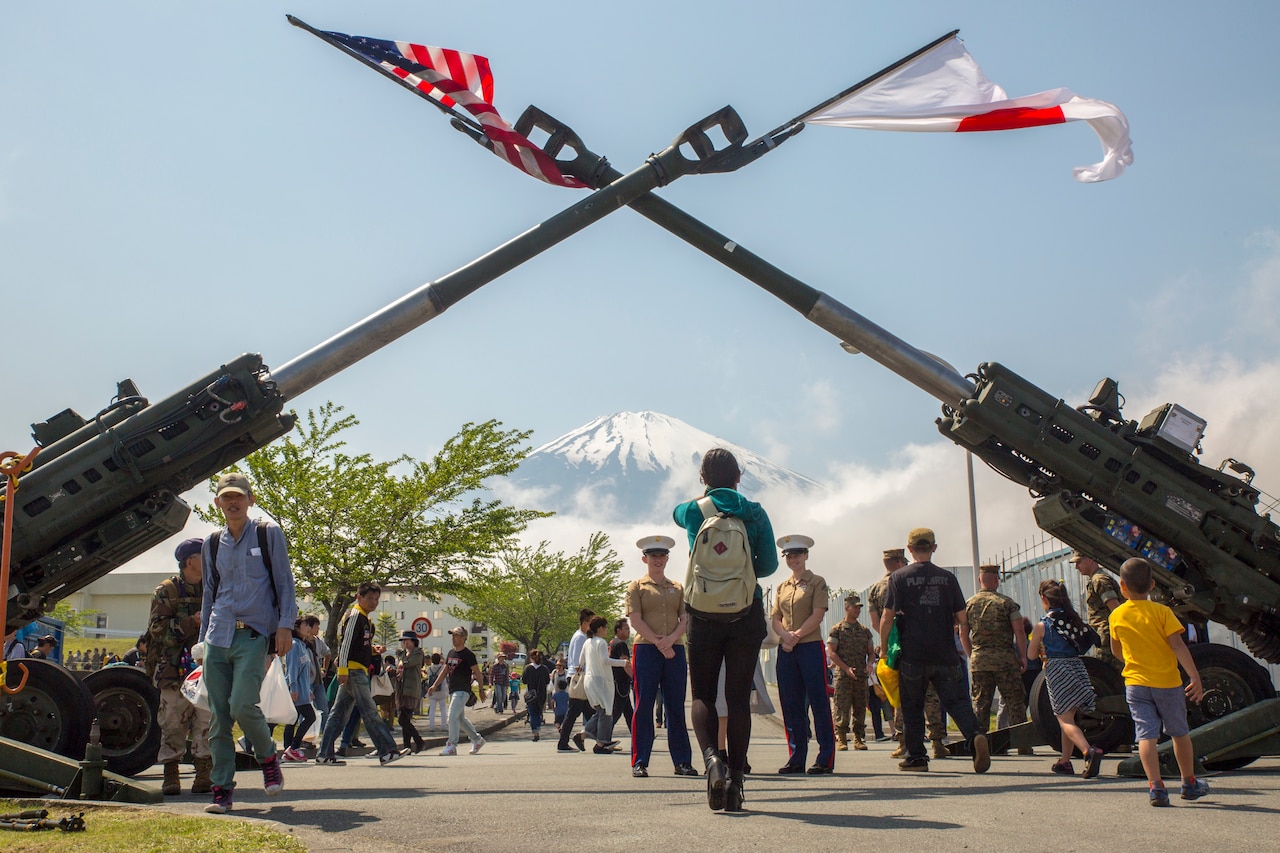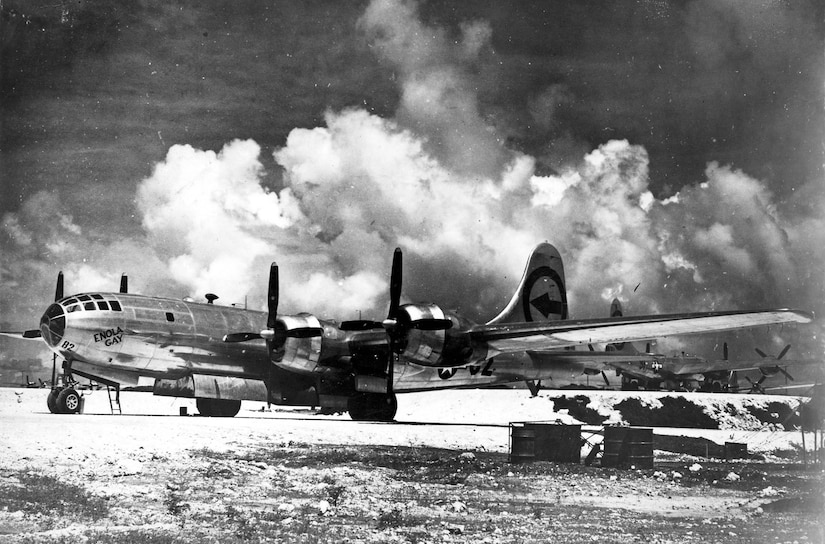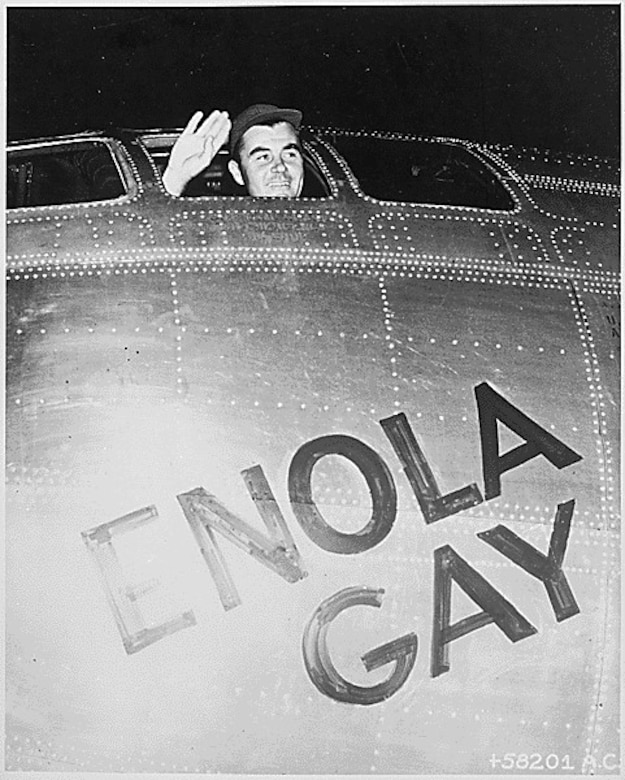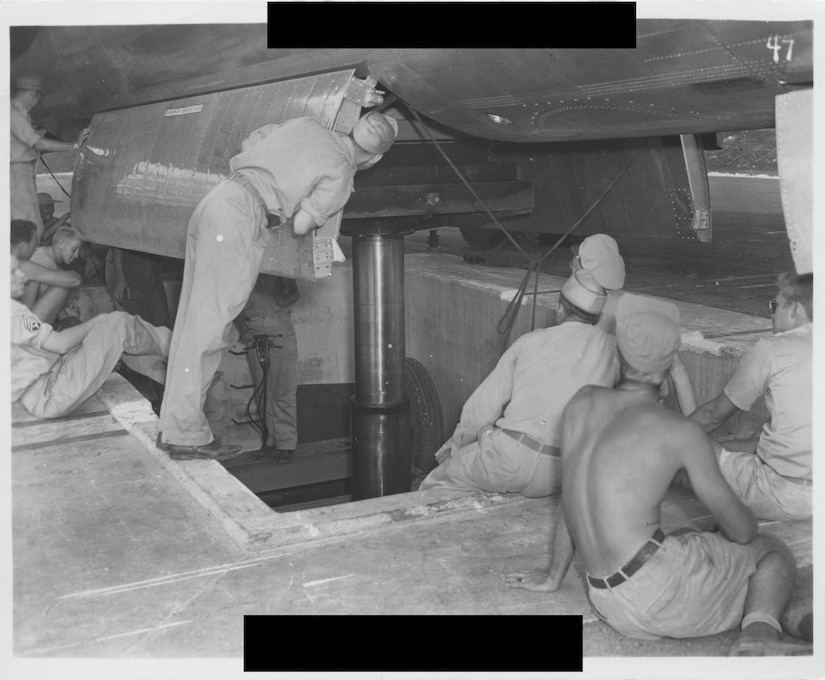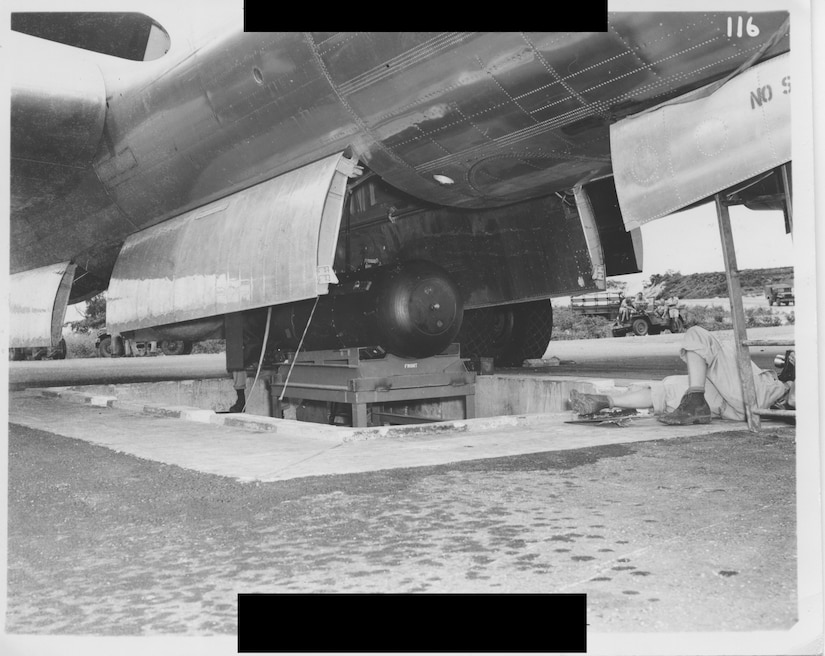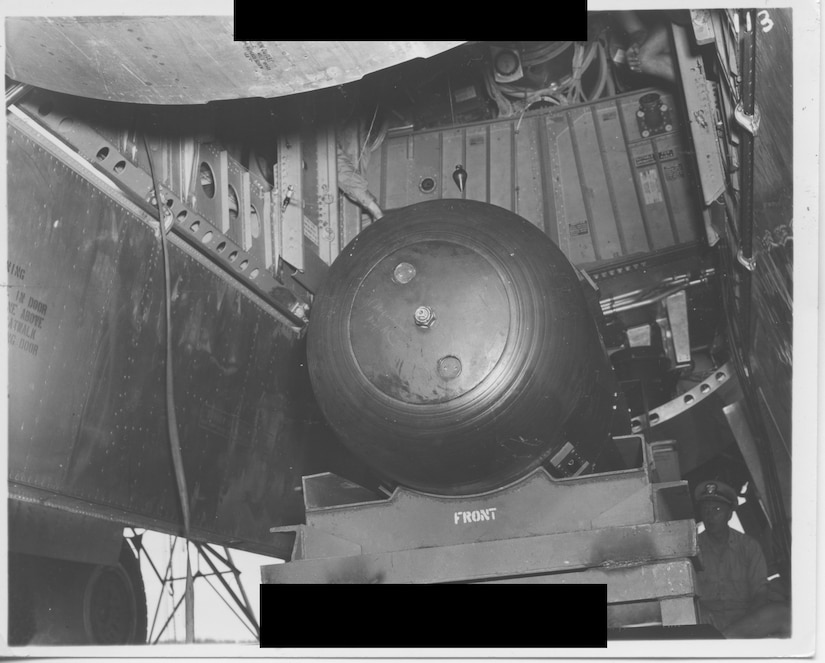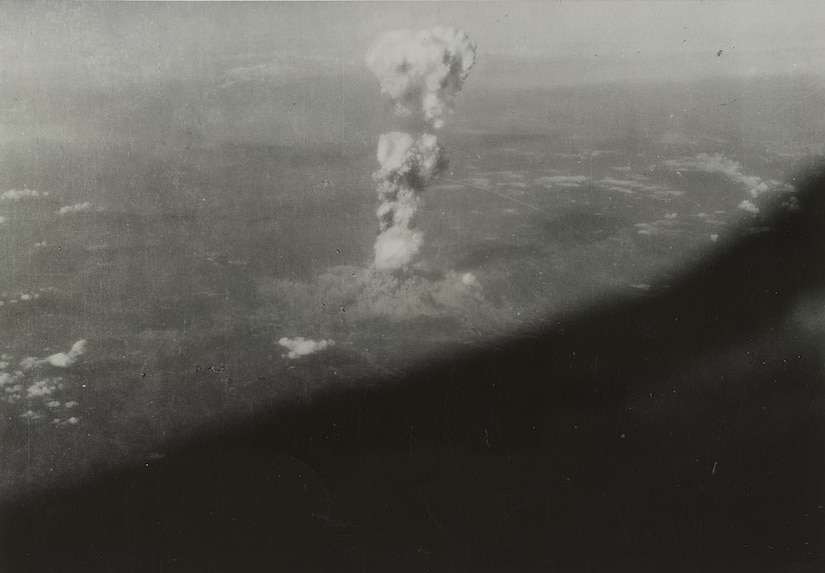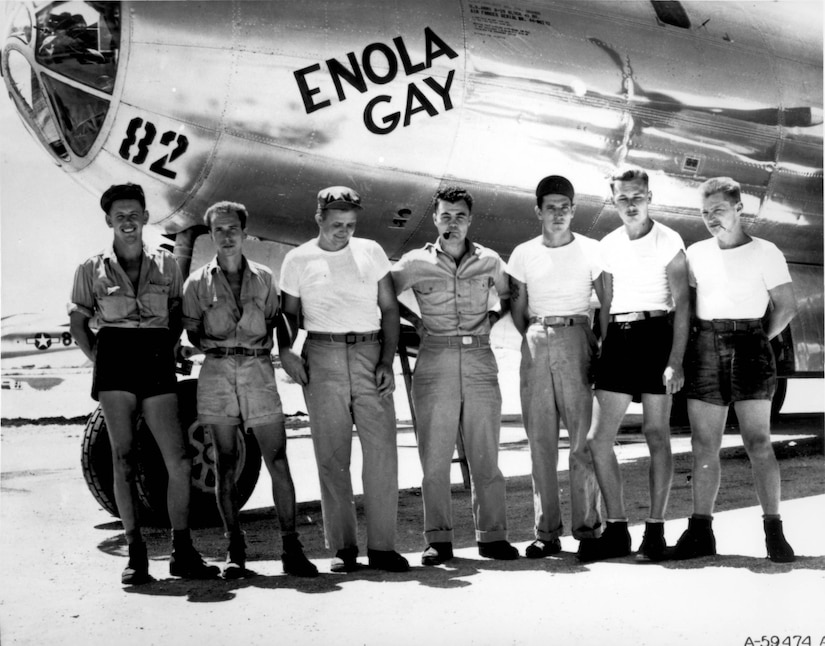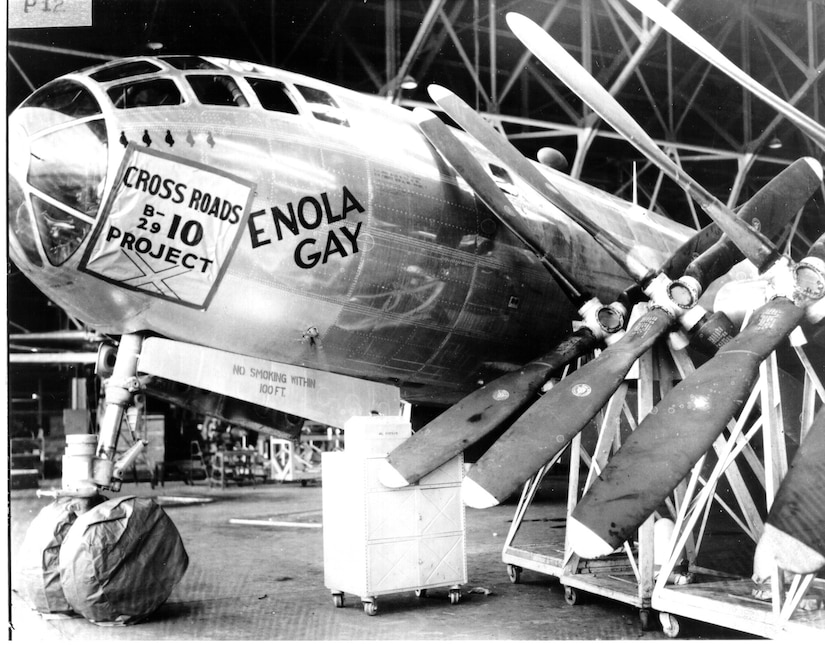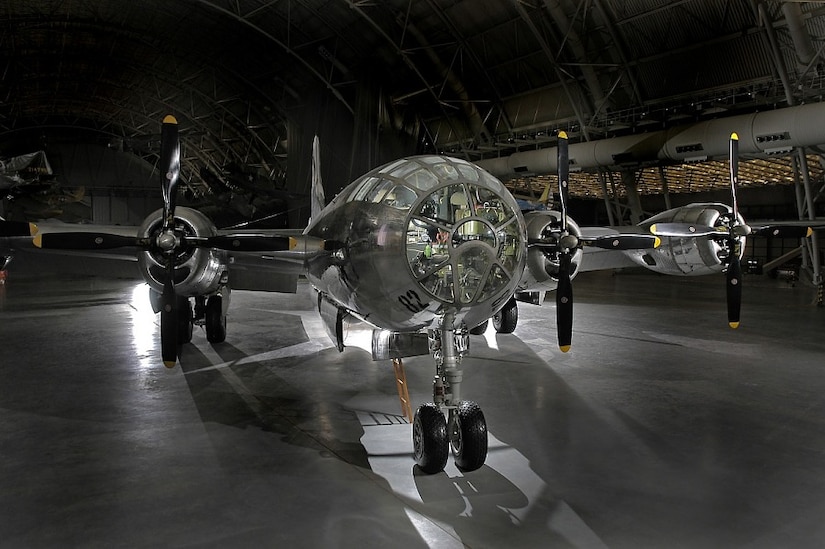
Special Tactics Airman was awarded the nation's third
highest award for valor, the Silver Star Medal, during a ceremony at
Pope Field, N.C., Aug. 14, 2020.
Master Sgt. John Grimesey, a Special Tactics combat controller with the
21st Special Tactics Squadron, 24th Special Operations Wing, was
recognized for his efforts in Afghanistan in 2013. He not only saved the
life of a fellow special operations troop, but called in multiple
airstrikes while being under attack by the enemy.
It was supposed to be a routine mission. Then again, no mission in
Afghanistan in 2013 was “routine.” The objective was to clear and secure
a village in Ghazni Provence to establish local Afghan police presence
without the threat of opposition forces. Grimesey and his team partnered
with the local Afghan police and together they set out to clear the
area. Until one of the teams encountered a large band of Taliban
fighters.
“Our Afghan team got separated and started to take on enemy fire,” said
Grimesey. “Myself and an Army Special Forces Solider maneuvered to
provide assistance and quickly found ourselves engaged with the
Taliban.”
When Grimesey peered around the wall to gain situational awareness, he
noticed the wounded and dead Afghan police officers, to include the
police chief. It was then Grimesey was struck by a rocket propelled
grenade.
“I remember the ringing in my ears,” recalled Grimesey. “I knew I was
concussed from the blast because of the ringing, my vision was blurry
and I was fatigued.”
Despite suffering a concussion and shrapnel wounds, Grimesey was able to
drag his Army Special Forces teammate away from the immediate danger
zone and assess the situation.
“I snapped into a problem solving mode,” he said. “The situation was
dire and the only way to solve it was to rely on my extensive training
and attempt to break down the large problem into small chunks. I had to
prioritize with what I was being faced with.”
The Special Tactics combat controller was able to call in additional
support from other Army Special Forces units, and from aircraft for
close-air-support; all the while engaging in a fire fight with
opposition forces.
“Eventually we were able to gain control and eliminate the Taliban
resistance while also finishing the mission to secure the village,” he
said.
Grimesey said it was later discovered there was a Taliban training team
who had made their way to the village thus drastically increasing the
number of fighters they encountered.
Lt. Gen. James Slife, commander, Air Force Special Operations Command,
presided over the ceremony and remarked on Grimesey’s actions.
“You may not call yourself a hero Master Sgt. Grimesey, but I do,” said
Slife. “Because of your actions that day, families and friends did not
experience loss. The men whose lives you saved will continue to
positively impact those around them creating a chain of reaction that
ripples across generations.”
“I think about it every day. I even dream about it,” reflected Grimesey.
“It’s an event that left an impression on me. While it was a harrowing
experience, I look back with great pride and believe that my team and I
were able to save lives and help ensure the security of the village.”
Grimesey’s Silver Star Medal was upgraded from an Army Achievement
Medal. During the ceremony he also received the Bronze Star Medal,
second oak leaf cluster with Valor for another battle in the Middle East
in 2017.
As Grimesey looks ahead to start his medical retirement process, he remembers his time in the Special Tactics community fondly
”If there are any other young men and women out there looking for a
community with a sense of purpose and opportunity to make a positive
impact on the world at large, they don’t have to look any further than
Air Force Special Tactics.”
Special Tactics Airmen are U.S. Special Operations Command’s tactical
air to ground integration force, and AFSOC’s special operations ground
force, leading global access, precision strike, personnel recovery and
battlefield surgery operations.
Since 9/11, Special Tactics Airmen have received one Medal of Honor, 11
Air Force Crosses and 49 Silver Star Medals making Grimesey’s the 50th.
